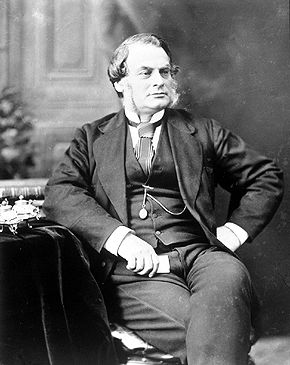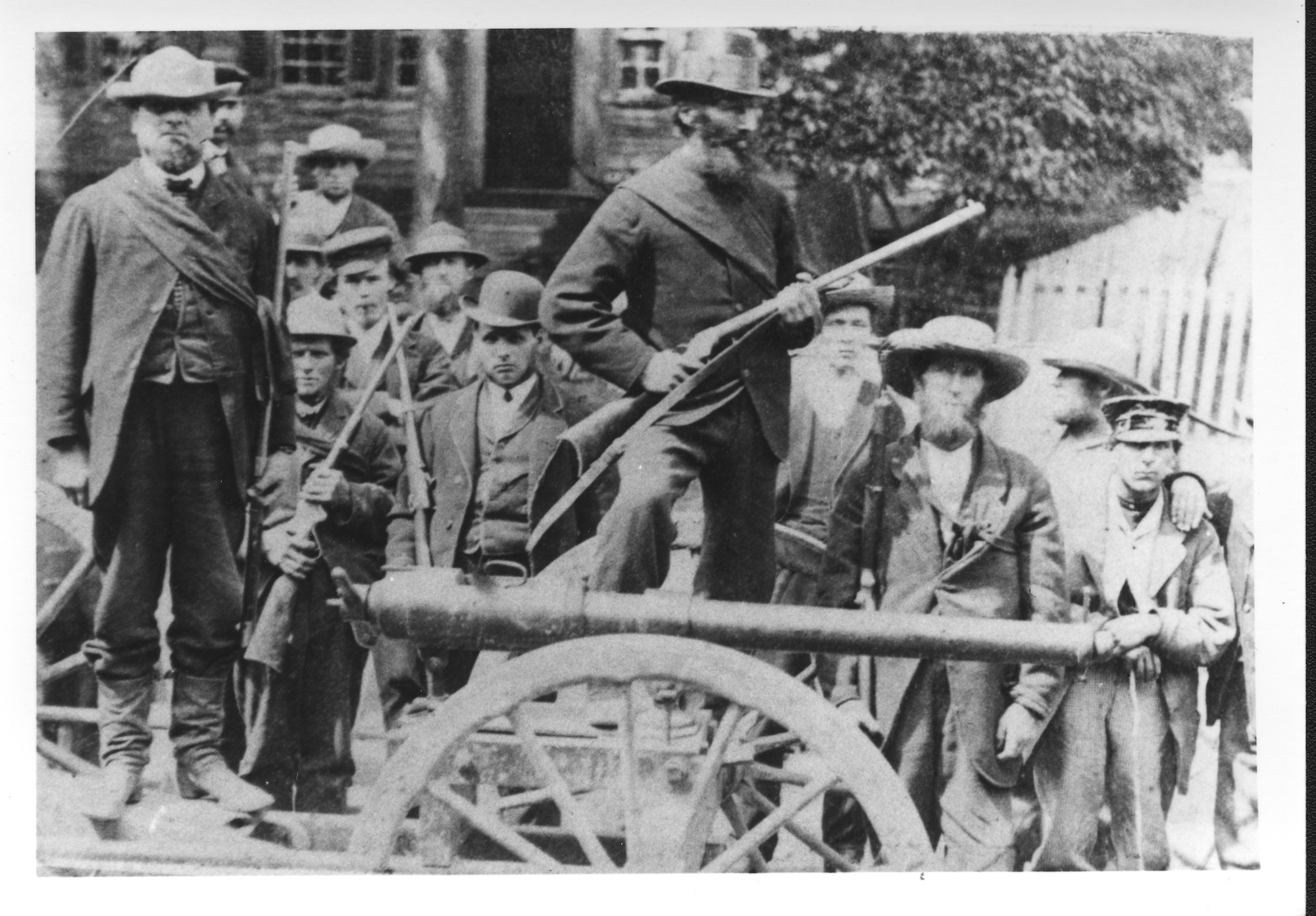New Brunswick became one of the founding members of the Dominion of Canada on 1 July 1867 when it joined Nova Scotia, Ontario and Quebec in Confederation. Arthur Hamilton Gordon, the lieutenant-governor of New Brunswick, helped organize the Charlottetown Conference (1–9 September 1864), where a federal union of British North American colonies was first discussed. By 1865, however, a majority in the New Brunswick legislature had swung against it. Albert Smith defeated pro-Confederation premier Samuel Tilley in a snap election that year. But the Fenian Raids in 1866 fueled New Brunswick’s sense of insecurity and increased support for Confederation. After Tilley’s party won another election in 1866, the legislature voted 38–1 in favour of Confederation.

Ancient Roots
For thousands of years, New Brunswick was the home of the Mi’kmaq and Maliseet. From the early 1600s to the mid-1700s, the Mi’kmaq, France and Britain fought for control of the territory. Britain achieved dominance after the Treaty of Paris (1763) and made the region part of Nova Scotia. In 1784, it became the separate colony of New Brunswick. It received responsible government in 1854. By the 1860s, New Brunswick had a population of 270,000 people. It had a strong economy based on timber and related industries such as shipbuilding.
In 1864, the legislature was interested in forming a single Maritime colony with Prince Edward Island (PEI) and Nova Scotia. Arthur Hamilton Gordon, the lieutenant-governor of New Brunswick, helped organize a conference in Charlottetown. The idea of a Maritime Union would be discussed. Delegates from the Province of Canada asked for an invitation and came to the meeting. They proposed a union of all British North American colonies.
Anti-Confederation
The Charlottetown Conference (1–9 September 1864) grew into a large gathering of 23 delegates. They discussed a federal union of Canada East, Canada West, New Brunswick, Nova Scotia and PEI. Delegates from the Province of Canada argued that a united nation of Canada would bring greater security against possible American expansionism. It would also create a wider domestic market for trade. A new, national railway would be built to improve access to this bigger market.

The Saint John Morning Telegraph cautiously expressed support for Confederation. But it also warned “that so far as New Brunswick is concerned the people have given the subject very slender consideration.” Discontent spread through the colony after the conditions for Confederation — including the distribution of Parliamentary seats — were published following the Québec Conference in October 1864. (See also: Quebec Resolutions; Regional Equality). Acadians and other ethnic minorities were also skeptical of the project. Merchants worried that Confederation would bring tougher trade competition and higher taxes.
Premier Samuel Tilley, who supported Confederation, found a majority of the New Brunswick legislature had swung against it. They were led by Albert Smith. Voters backed Smith with a big victory in a snap 1865 election, tossing out Tilley’s government.
Pro-Confederation
The Fenian Raids then shifted momentum in the opposite direction. The Fenians were a group of pro-Irish American Civil War veterans. They wanted to capture Canadian territory and use it to stage an invasion of Ireland. In 1866, they attacked Campobello Island in New Brunswick. The attack was unsuccessful, but it fueled New Brunswick’s sense of insecurity and increased support for Confederation.

Another election was held in 1866. This time, Tilley’s pro-Confederation party won. The legislature soon voted 38–1 in favour of Confederation. Tilley made at least one other important contribution to Confederation: He is credited with suggesting the formal name the Dominion of Canada. He was inspired by a Biblical passage from Psalms that read, “He shall have dominion also from sea to sea, and from the river unto the ends of the earth.”
Parades and Protests
New Brunswick became part of Canada on 1 July 1867. The celebrations in the province included a 21-gun salute and public parades. However, there was also some unrest. At a march in Saint John, anti-Confederation groups got into fist fights. Opponents lowered their flags to half-mast as a silent protest.
Confederation brought the Intercolonial Railway through New Brunswick by 1876, connecting it to the rest of the new country. Tilley joined John A. Macdonald’s federal Cabinet. He is considered one of the Fathers of Confederation for the province, along with E.B. Chandler, J. H. Gray, J.M. Johnson, W.H. Steeves, Charles Fisher, Peter Mitchell and Robert Wilmot.
See also: Mothers of Confederation; Confederation: Collection; Confederation: Timeline.


 Share on Facebook
Share on Facebook Share on X
Share on X Share by Email
Share by Email Share on Google Classroom
Share on Google Classroom